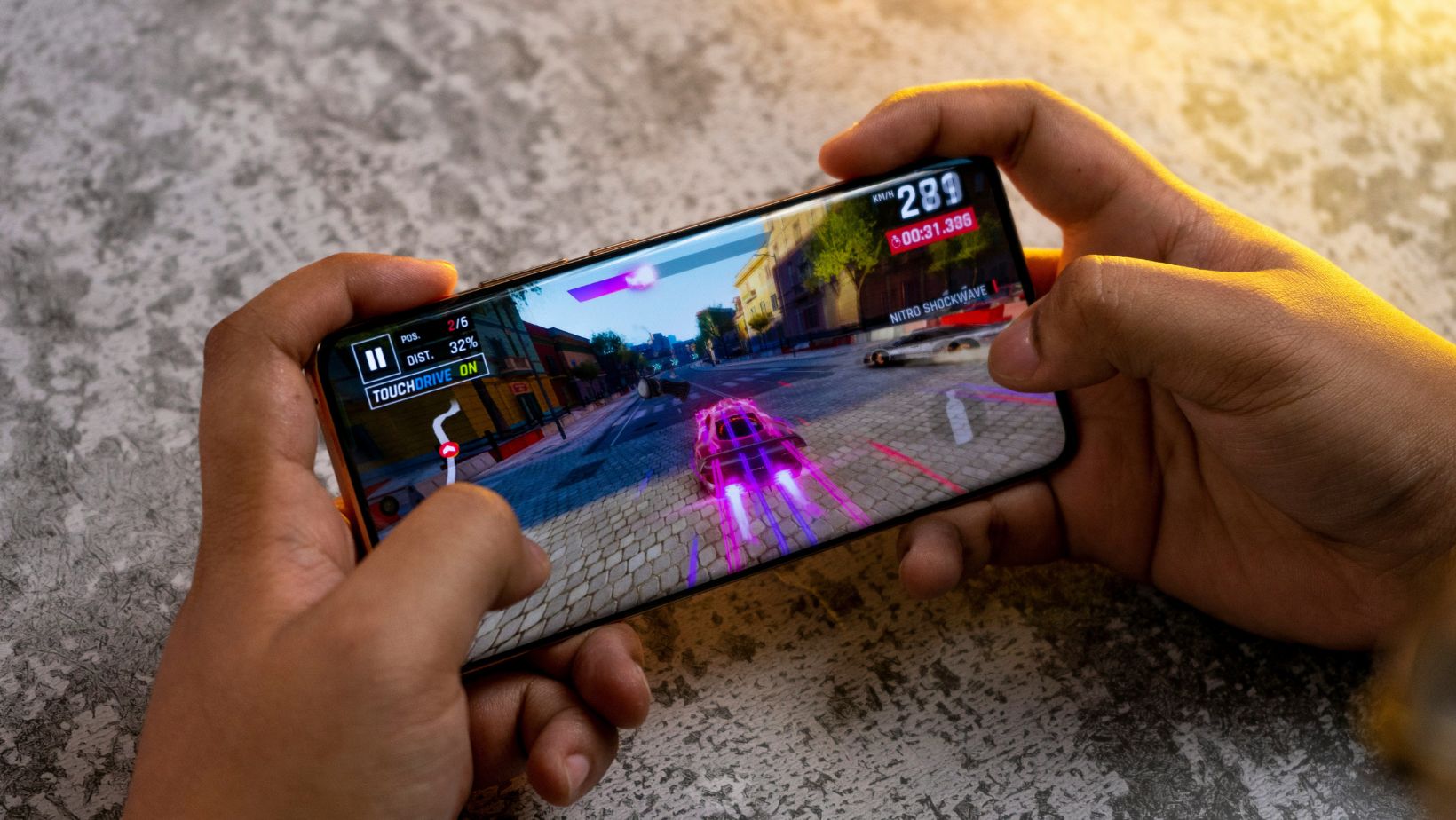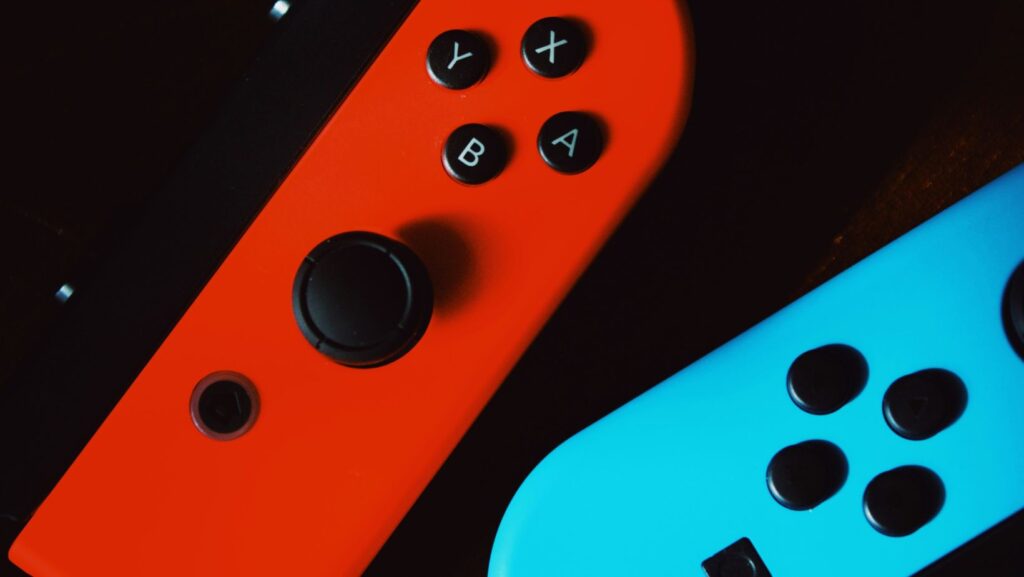Video games have been around since the 1960s but didn’t become a commercial product until the following decade. Almost as soon as it got off the ground, the industry predominantly targeted young men, offering content that catered to their tastes and preferences.
Titles like Doom, Street Fighter, and Mortal Kombat dominated the market and, while plenty of women enjoyed playing them, ads for these games reinforced the perception that gaming was a male-centric activity.
Fast forward to today, and the landscape of gaming has transformed dramatically. The gender gap in gaming has nearly closed, and more and more people in older demographics are engaging in this once-niche hobby.
How did this happen? Let’s take a look.
From Stereotypes to Inclusivity
As sales stagnated, gaming executives realized that to maximize their market, they needed to appeal to everyone, not just a small group. After all, by targeting only men, half of all potential customers were ignored.
However, early attempts to include more players routinely missed the mark, with titles aimed at women draped in pink and leaning heavily on gender stereotypes.
Nintendo emerged as a trailblazer and cracked the code in the 2000s with the launch of the Nintendo Wii and Nintendo DS. These consoles were designed to be accessible and enjoyable for everyone, regardless of age or gender.
Titles like Wii Sports and Nintendogs were deliberately crafted to be gender-neutral, focusing on universal themes of fun and interactivity. These consoles broke down barriers and invited a wider audience to experience the joys of gaming, setting a new standard for the industry.
Today, this approach can be seen in every type of gaming. One of the best examples is the iGaming market, where online casinos offer hundreds or even thousands of different slot games that appeal to just about every taste.

For example, PokerStars Casino has a catalog packed with popular slot hits like Rich Wilde and the Book of Dead, a game that follows an explorer through the sands of Ancient Egypt, and Big Bass Bonanza, a fishing-themed slot game for fans of angling. This is in addition to many other games that span themes like candy, pirates, space, Vikings, Aztecs, the jungle, and movies like The Goonies.
Accessibility Through Technology
Another source of gaming’s mainstream success is the reduced need for high-powered hardware.
In the past, enjoying video games often required expensive consoles or powerful computers, which limited the size of the market only to those who could afford such luxuries. Today, however, mobile devices and game-streaming technologies have broken down this barrier.
The biggest of these has been smartphones. These pocket-sized computers are ubiquitous and multifunctional and have become powerful gaming devices. This shift means that almost anyone with a smartphone can play without the additional cost of buying specialized equipment.
Popular games like Angry Birds, Clash of Clans, and Among Us are some of the most famous examples that show how engaging and entertaining experiences can be delivered on relatively simple hardware.
This democratization of gaming technology has made the hobby more inclusive than ever.
The Free-to-Play Model
The distribution model of video games has also evolved significantly over the decades, particularly so since the late 2000s.
This rise of the free-to-play model has removed another major barrier to entry. Instead of requiring players to make upfront purchases, free-to-play games are available to download and begin playing at no cost. Instead of this front-loaded fee, monetization typically occurs through in-game purchases and advertisements.

Games like Fortnite, Candy Crush, and Mario Kart Tour have popularized this model. Fortnite, for instance, offers a high-quality, engaging multiplayer experience for free, generating revenue through the sale of in-game cosmetic items like character outfits and battle passes. The publishers have also capitalized on the huge Fortnite brand to sell huge quantities of physical branded merchandise.
Similarly, Candy Crush attracts players with its free and exciting gameplay, offering in-game purchases to enhance the experience. Meanwhile, Mario Kart Tour brings the beloved franchise to mobile devices with a free-to-play approach, allowing Nintendo to reach an even broader audience.
The free-to-play model’s success lies in its ability to attract a large player base quickly. By eliminating the initial cost barrier, these games become accessible to a wider audience, including those who might be hesitant to spend money upfront. This approach has proven particularly effective in drawing in casual gamers, who may play sporadically or for short periods, but collectively represent a substantial market segment.
